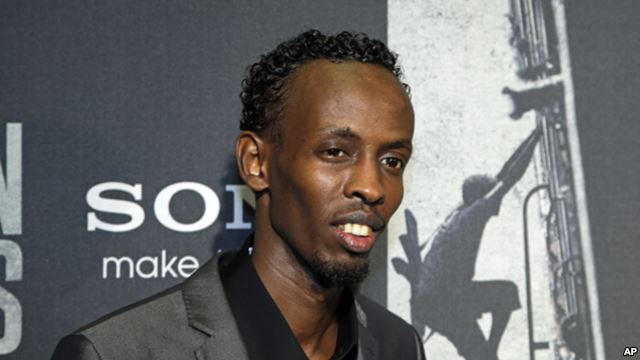
Pirates had little choice but to pay them off to secure their prey in plain sight of the coast for periods of up to three years! In Somalia this role was played by clan, warlord and Islamist militias.

mafias) emerge to order markets and provide governance. Protection theory shows that in the absence of a state, specialist ‘protectors’ (e.g. Roving gangs of criminals violently contesting possession or the re-hijacking of recently released vessels would have made ship-owners reluctant to pay top-dollar for ransoms. The hijack-for-ransom business model was based on hulls, cargo and crew being returned intact promptly after the payment of the ransom. My work with Federico Varese shows that the pirates relied heavily on land-based elites to keep their ships safe during the ransom negotiations and after release. So, how was the million-dollar ransom divided up: who made the money? But with a large, poor family in the background, an expensive drug habit (most pirates were addicted to khat) and quite possibly several creditors asking for a 'cut', it is not surprising that Captain Muse was back in the boat so soon after his successful hijack. This partially reflected the additional risk involved in being the first to put his head above the parapet, but also amounted to an ‘efficiency wage’ encouraging a particular kind of work effort.Ī payout of $15 000 would effectively amount to one man’s expected lifetime earnings. The first man on board received an additional premium in the form of a sport utility vehicle (SUV).

This squares perfectly with the reported $10 000–15 000 offered to successful pirates in 2008–10. We calculated a ball-park figure: given the prevailing average wages, low life expectancy, a 5 per cent probability of death or imprisonment and an 80 per cent probability of return without prey, the pirate organizer only had to offer around $10 000 per pirate to fill his boats. So, if the pirate organizer faces a perfectly elastic labour market, how much does he pay the pirates? The answer is that he incentivizes his crew with ‘no win–no fee’ contracts and offers the risk-adjusted market wage.
Captain phillips pirate movie#
Based on our research, it can be confirmed that the ‘beach scene’ in the movie - in which dozens beg to be taken on the pirate mission - has indeed been drawn from life. In it we analysed the business model of Somali piracy, conducting detailed interviews with people in the pirate anchorages and drawing on a wealth of secondary material. However, the question is answered in the World Bank’s report on Somali piracy released earlier this year. A bribe does not go amiss in the heavy competition, meaning that the young men in the boat start off their adventure in debt and are absolutely determined to risk their life in order to succeed.Įven more revealing, shortly later the pirate Captain Muse boasts to his hostage, Captain Phillips, about his past exploits, including the fact that not long ago he had hijacked a ship which was ransomed for $6 million! “So, why are you here?” asks Captain Phillips. The captains choose their teams from a mob of young men desperate to get their lucky break. Did I think this was a fair depiction?įor the pirates in the film, the story starts on the beach in Eyl, from where a pirate organizer sends two crews off to sea. Critics had pointed out that, although brilliantly villainous, the Somali pirates were also portrayed as 'victims' of their circumstances, perhaps 'pawns' in a game not of their choosing. Last week I was asked by the BBC to preview the film 'Captain Phillips', the true story of the failed hijack of the Maersk Alabama by Somali pirates.


 0 kommentar(er)
0 kommentar(er)
